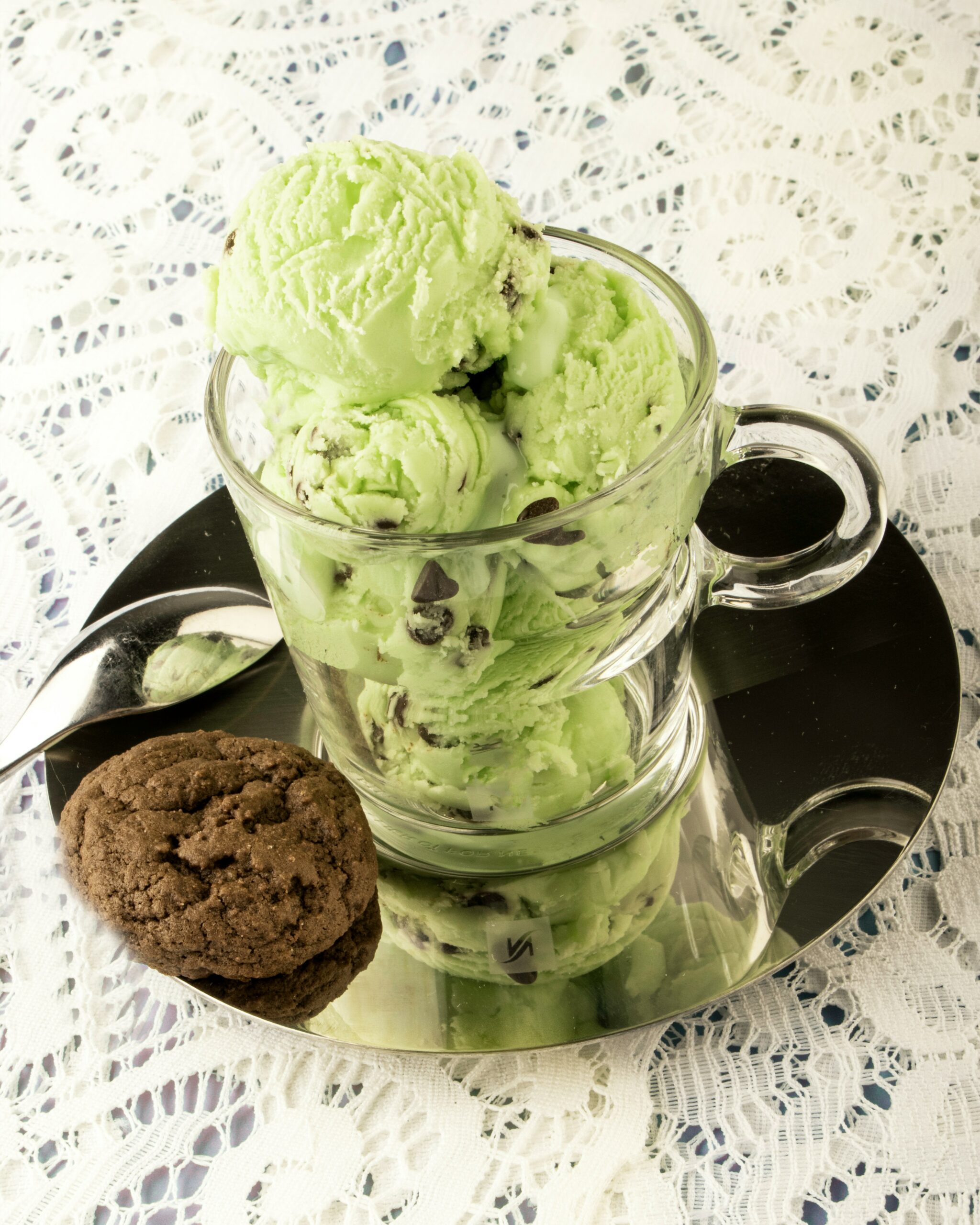After four days off, I was back at my IOP today. I was really anxious going in. I’m not sure why. Maybe the break threw my rhythm off or maybe I hadn’t gotten enough sleep. Whatever it was, I was nervous to go. It was to the point of trying to find an excuse not to go, but I couldn’t think of any, so I went.
Before check-ins, the clinician gave me the worksheet that they had done the day before when I missed the session. It was DBT (Dialectical Behavior Therapy) Tools. There was the “STOP” skill. DBT loves its acronyms. STOP stands for Stop, Take a step back, Observe, and Proceed. Then, there was the Positive Self-Talk skill. Positive self-talk has never worked very well for me. I suppose it’s good to have in my repertoire, though.
My check-in was on the long side today. I recapped my weekend. I went to Baltimore and Suffolk Virginia for the Presidents Day Weekend. It was a good trip. I met my partner’s mother and saw where she grew up. After recapping my trip, I talked about how anxious I was to go to group today. We speculated a bit about why that was but didn’t come to any definite conclusions. I ended by talking about how there were fewer intrusive thoughts over the weekend, but the ones that did come were more intense.
Our first subject today was “How Trauma Can Affect Your Window of Tolerance”. Basically, the window of tolerance is the space where you can process and regulate your emotions. Anything outside of the window can’t be tolerated. The bigger the window, the more you can handle. Unfortunately, trauma shrinks the window. The shrunken window, the loss of ability to handle things, leads to hyperarousal or hypoarousal. Hyperarousal is an overactivated nervous system. Hypoarousal is the opposite. Intrusive thoughts fall under hyperarousal and severe depression falls under hypoarousal. So, I get a lovely mix of both.
There are things that can help widen the window. Mindfulness, breathing exercises, movement, and relaxation techniques can all help. There are also some specialized therapies that can help. Supportive relationships and self-care are also important. Trauma sucks, though, and it’s hard to deal with.
After break, we filled out a worksheet. We had to draw a calm creature. I drew a cat, sort of. I can’t draw at all. We then made a gratitude list, a list of what’s in our control, and a list of what’s out of our control. Then, we drew ourselves with the calm creature and said what we wanted to tell ourselves and what our calm creatures wanted to tell us today. It was an affirmation worksheet. Not really my style, but it helps me practice my positive self-talk.
Then, we each picked a coping skill that we’re supposed to use today. I picked compassion. That’s defined as listening to yourself with respect and care. It’s something I struggle with; I can be pretty hard on myself. I did OK, I guess.
Finally, we ended by just answering some questions. They were mostly silly questions like, “If you were an ice cream flavor, what flavor would you be?” I would be mint chocolate chip. If I could travel anywhere, it would be Italy. Things like that. My guess is that we just had some extra time at the end of session today.
It was a good group today. My anxiety was misplaced, and I’m glad I went. Hopefully, it will be easier to get myself there tomorrow.













One thought on “My Mental Health Journey Through an Intensive Outpatient Program – Part 14”